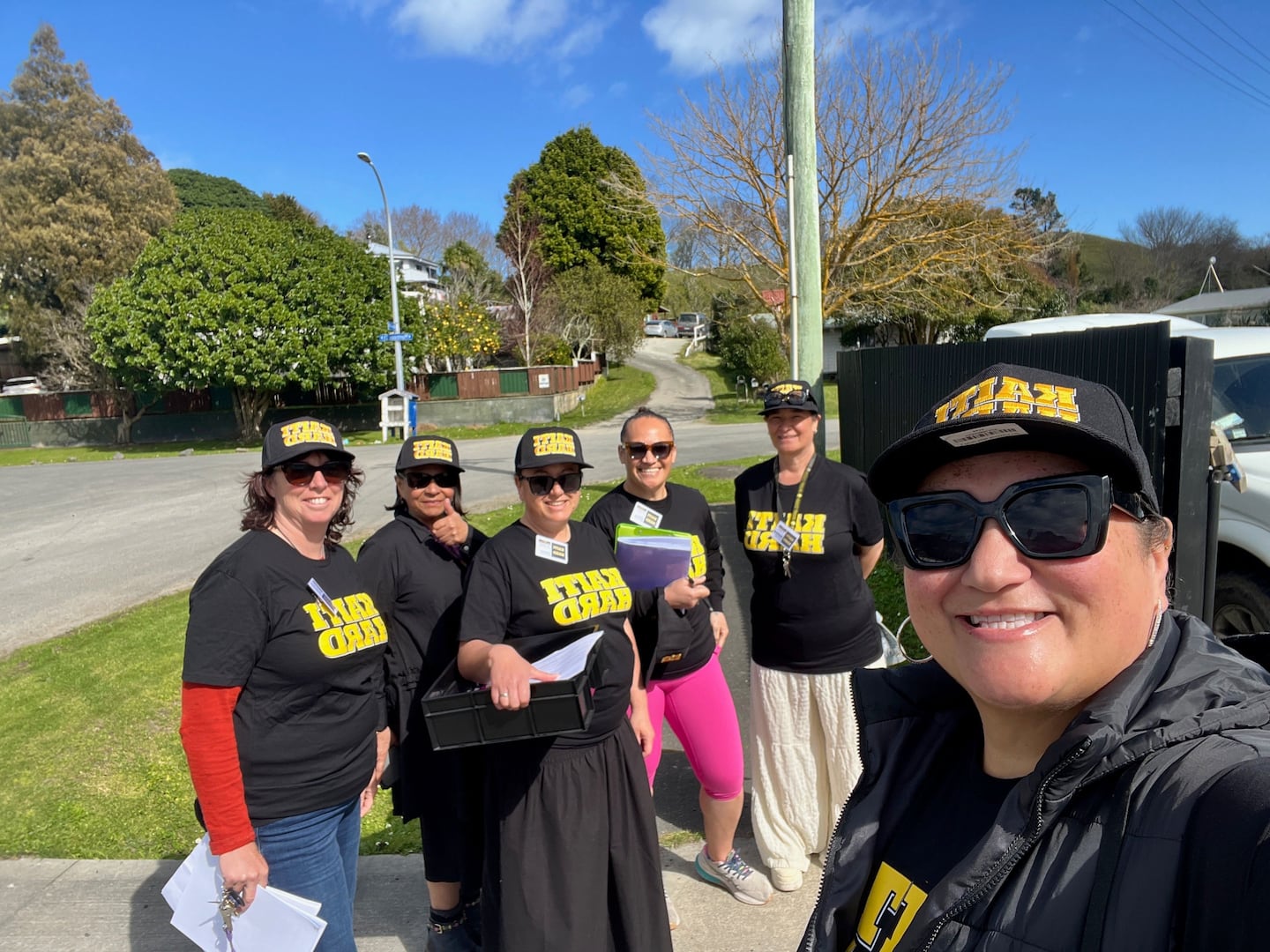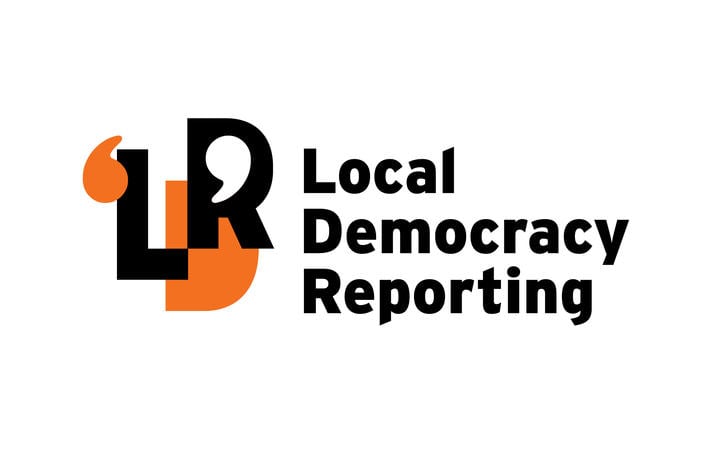The Māori ward referendum, Government “hostility” and grassroots campaigns contributed to the “incredible” 40.5% rise in Gisborne’s Māori roll voter participation, mobilisers say.
In 2022, 3657 Gisborne people enrolled on the Māori roll voted in the local government election, which increased by 40.5% to 5139 voters this year.
Election mobilisers told Local Democracy Reporting of the many successful community-led efforts to encourage more Māori voters to have their say.
Gisborne District Council director of engagement and Māori partnerships Anita Reedy Holthausen said a mix of factors, including iwi, hapū, and communities mobilising people, as well as the referendum and more understanding of Māori wards, contributed to the rise.
“We’re also really proud of the kōrero, connection and community engagement delivered throughout the campaign this year.”
Overall voter turnout increased from 33.7% in 2022 to 43.8% of eligible voters participating in 2025.

Māori ward councillor Rawinia Parata said in the past three years, Te Iwi Māori had come under a lot of pressure, especially politically.
“Now more than ever...Te Iwi Māori are engaged and feel more empowered to vote and participate in the democratic process”.
Tairāwhiti was among 18 regions that voted to keep its Māori wards, out of the 42 councils that held binding referendums after a Government directive.
In Gisborne, 63.47% of voters supported retaining the wards, with 9904 voting to keep them and 5704 voting against.
Parata said the increase in Māori ward voters was due to a “big, big effort” from campaigners.
Tairāwhiti iwi, hapū and community members had been pushing whānau to register and vote, which included door knocking, she said.
“All unpaid, by the way,” Parata said.
Iwi came together, split up areas, and appointed people to reach specific communities or streets.
Once a person voted, they were more likely to vote again, and participation from one family member made it easier for the rest to follow.
It did not matter which way people voted, as long as they felt their vote was wanted, Parata said.
She acknowledged the Gisborne District Council’s support in connecting communities with voting booths to support the special votes process.
Māori ward councillor Rhonda Tibble said she was “really stoked” that those who lived here felt it was important to keep Māori wards.
“That’s really positive and extremely great for us as a region, given our demographic [about 54.8% Māori],” she said.
Tibble said, in her opinion, the “hostility” of the current Government created momentum for Māori to understand who they were in “our space and place”.
Many mobilisers emphasised the importance of voting, not just for the local elections, but to prepare for the general elections in 2026.
Ngāti Oneone chairperson Charlotte Gibson was part of mobilising the Kaiti Hard campaign, for which 25 women knocked on doors.
Each woman covered at least four to five streets and was equipped with Kaiti Hard merchandise, including T-shirts, name tags, hard caps, notepads and pens.
“We gave them all the tools that they would need, registration papers, envelopes. I’m sure that contributed to the lifting of people participating this year.”
Another resident who played a role in driving voter participation was Tania Rauna, who dressed as a unicorn when attending the community-wide gatherings and meet-the-candidates hui.

Speaking with Local Democracy Reporting, Rauna said a network had ignited during the iwi-led Covid response, which had been maintained to help with communications.
“Since all of the changes that have been coming in with this Government, we’ve been activating ourselves,” she said.
“So last year when the callout came for the hīkoi ... We re-engaged with everyone across the wider community in a ‘Tairāwhiti call to action’.
“One of our goals was to protect and keep Māori wards.”
Te Pāti Māori Ikaroa-Rāwhiti candidate Haley Maxwell said grassroots movements, such as Ka Pai Kaiti, E tū Elgin, Maranga Mahaki Mano, Rauna’s unicorn campaign, and Tangata Tiriti, played a vital role in the election turnout.

“Without those who bravely stepped forward to front the campaign in support of Māori Wards, the door knockers who made sure our neighbours were prepared to vote, we may not have achieved the incredible results we did.”
Twenty-four regions decided to axe their wards, with the results binding for the 2028 and 2031 local elections.
Almost half of Gisborne’s eligible voters (48.1%) took part in the local elections.
The number of voters in the general ward was 11,238 votes in this year’s elections, an increase of 157 votes from 2022.




